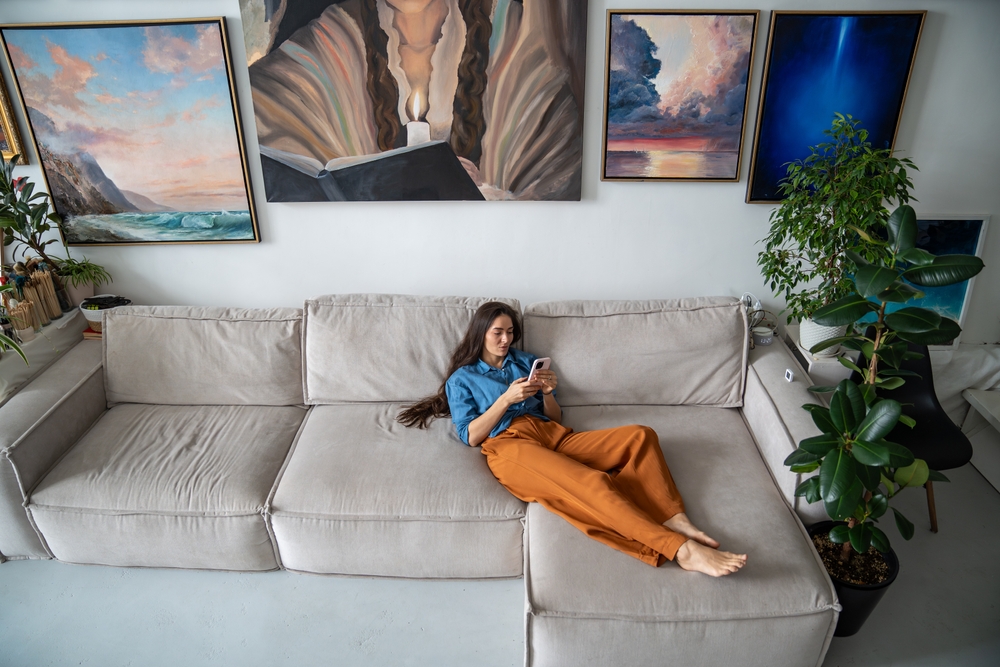Remember when certain things were strictly for the ultra-wealthy? Well, times have changed, and the walls of exclusivity are crumbling faster than last season’s iPhone. Here’s a tour through formerly out-of-reach luxuries that regular folks can now actually afford—even if their last name isn’t Bezos.
1. International Travel

These days, budget airlines and travel apps have democratized global adventure for the price of a decent couch. The explosion of travel reward credit cards means you can earn a free flight just by buying your regular groceries and paying your bills. Airbnb and hostels have made accommodation abroad cheaper than a week’s worth of Starbucks runs. Sure, you might have to deal with layovers longer than some relationships, and your seat might have less legroom than a dollhouse, but you’re still waking up in Paris.
2. Gourmet Coffee

Gone are the days when espresso was exclusively sipped by Italian aristocrats in Milan cafes. The rise of “third-wave” coffee culture has brought single-origin beans and expert baristas to every suburban strip mall in America. Home espresso machines that would have required a second mortgage in the ’90s now cost less than a month’s worth of takeout. You can order specialty beans from small-batch roasters in Ethiopia with a few taps on your phone. While your daily cappuccino habit might be slowly draining your bank account, you’re still drinking coffee that would have made a 1980s billionaire jealous.
3. Personal Technology

Just a few decades ago, having a computer meant being a multi-millionaire with a room dedicated to housing it. Now you’re carrying more computing power in your pocket than what put humans on the moon. Smartphones have democratized access to professional-grade cameras, cinema-quality video recording, and computing power that would have cost millions in the 1980s. Cloud storage means you have access to more information than the Library of Congress, right at your fingertips. The monthly payments might sting, but you’re essentially walking around with a supercomputer that also happens to order your pizza.
4. Organic Food

Once upon a time, chemical-free produce was a luxury reserved for Hollywood celebrities and tech moguls with private farms. Now you can find organic options at virtually every grocery store in America, from Whole Foods to Walmart. Farmers’ markets have exploded in popularity, making farm-to-table produce accessible to average families. Community Supported Agriculture (CSA) programs let you get weekly boxes of fresh, organic produce straight from local farms. While you might still be paying $6 for a single bell pepper, at least you have the option of joining the clean-eating crowd without having to sell your car.
5. Home Automation

Smart homes were once the stuff of sci-fi movies. Now you can control your entire house from your phone for less than the cost of a nice dinner out. Voice assistants like Alexa and Google Home have made home automation accessible to anyone who can plug in a smart speaker. Smart thermostats, security cameras, and lighting systems that would have cost tens of thousands a decade ago now come standard in many middle-class homes. You might be arguing with your AI about the thermostat settings, but at least you’re living in the future.
6. Designer Fashion

High fashion has discovered the middle class, or at least our credit cards and willingness to wait for sales. Between outlet malls, flash sales, and “diffusion lines,” designer brands have made their logos attainable for the masses. Rental services like Rent the Runway let you rock a Gucci dress for less than the cost of your monthly energy bill. Pretty cool that you can still rock that designer label without requiring a trust fund, right?
7. Personal Fitness Training

Personal trainers used to be the domain of movie stars and professional athletes with unlimited budgets. Digital fitness platforms have revolutionized access to expert-led workouts and training programs. Wearable technology provides the kind of health metrics that once required a sports science lab. While your virtual trainer can’t physically adjust your form, they can definitely make you feel guilty about skipping leg day from the comfort of your own home.
8. Fresh Flowers

Weekly flower deliveries were once a luxury reserved for Upper East Side penthouses and five-star hotel lobbies. Subscription services and direct-to-consumer flower companies have made regular fresh bouquets accessible to anyone with an internet connection. Farmers’ markets and grocery stores now stock designer blooms that would have been impossible to find outside a professional florist. The rise of sustainable, local flower farms means you can get seasonal bouquets without paying an arm and a leg.
9. Streaming Entertainment

Premium entertainment used to require private screening rooms and connections in Hollywood. Now you have access to more content than a 1990s video store mogul could have dreamed of. The quality of home theater equipment has skyrocketed while prices have plummeted. Music streaming gives you access to virtually every song ever recorded for the price of one CD per month. The only thing missing is the personal movie theater, but your 65-inch 4K TV does a pretty good job.
10. Gourmet Dining

Meal delivery services now bring restaurant-quality ingredients to your kitchen with step-by-step instructions. Food delivery apps make cuisine from top-rated restaurants accessible without leaving your couch. Cooking classes and tutorials have made advanced culinary techniques accessible to home cooks. Instagram-worthy plating might still elude you, but at least you’re eating like a food critic on a regular basis.
11. Education

Elite education used to require deep pockets and deeper connections. Online courses now provide access to Ivy League professors and world-class experts. Digital learning platforms offer professional certificates and skills training at affordable prices. Language learning apps make becoming multilingual accessible to anyone with a smartphone. The democratization of education means you can become an expert in almost anything without taking out a second mortgage.
12. Art Collection

Building an art collection once required auction house connections and museum-level budgets. Online art marketplaces now connect artists directly with buyers at accessible price points. Digital prints and reproductions make famous works available to everyone. NFTs and digital art have created new ways to collect and invest in artwork. While you might not be bidding at Christie’s, you can still surround yourself with beautiful pieces.
13. Professional Development

Executive coaching and career development were once perks reserved for C-suite executives. Online platforms now provide access to industry leaders and expert mentors at affordable rates. Digital certifications and badges provide credentials without expensive traditional education. Your career development might not include golf course deals, but you can still access the tools for professional growth.








